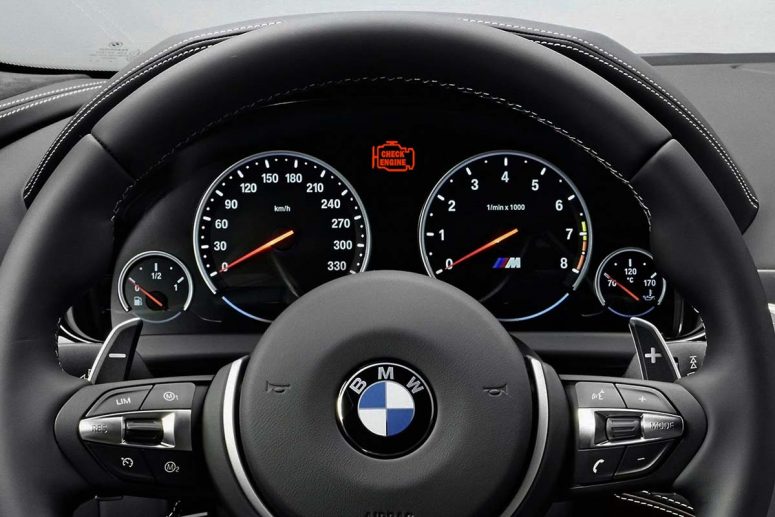
When Should You Use Your Check Engine Light?
Driving a car is one of those things that works best when you don’t have to worry about how everything works. You have enough to pay attention to on the road without having to worry about what’s going on under the hood. But then one day you’re driving home, minding your own business, and your check engine light comes on with no warning or explanation. What do you do?
The check engine light is one of the most frustrating and confusing warnings out there. It’s just a light, with no information telling you what the problem is. It’s a cry from a baby with no explanation, but here’s how you can take some steps towards figuring it out yourself before heading to a mechanic for costly repairs.
Do this first
First of all, is the light blinking or steady? According to Consumer Reports, blinking could indicate an emergency. If the light is blinking, pull over, turn the car off, and call for assistance.
A steady light means there’s no immediate cause for alarm, but you should still get it checked out. Head to an auto parts store and have them run a diagnostic to find the cause of the check engine light. Call ahead and make sure they can handle your make and model, since some cars have special computers. Once you’re there, they’ll plug a small computer underneath your dashboard and read back a code stating what happened.
In general, five common malfunctions can cause the check engine light to come on, and some of them are simple to fix yourself. Let’s take a look at the most common issues.
Your oxygen sensor needs to be replaced
An oxygen sensor is a part that monitors the unburned oxygen from the exhaust. It helps monitor how much fuel is burned. A faulty sensor means it’s not providing the right data to the computer and causes a decrease in gas mileage. Most cars have between two and four oxygen sensors; the code you get from the scanner will tell you which one needs replacing.
What causes it
Over time, the sensor gets covered in oil ash and it reduces the sensor’s ability to change the oxygen and fuel mixture. A faulty sensor not only reduces gas mileage, it also increases emissions.
What you should do
Taking your car into a shop depending on the car. However, an oxygen sensor is easy to replace on many cars and is usually detailed in the owner’s manual. If you know where the sensor is, you only have to unclip the old sensor and replace it with a new one. Regardless of how you approach it, get this fixed right away.
You have a loose or faulty gas cap
You wouldn’t think a gas cap would be that important, but it is. When it’s loose or cracked, fuel vapors leak out and can throw the whole fuel system off. This causes a reduction in gas mileage and increases emissions.
What causes it
If you get an error pointing to the gas cap, it means fuel vapors are leaking out of your cap. This means it’s either cracked or just wasn’t tightened well enough.
What you should do
If your car isn’t feeling jerky or strange when the check engine light comes on, the first thing you should check is the gas cap. Pull over, tighten it, and take a look at the cap to see if it has any cracks in it. Continue driving and see if the check engine light turns off. Alternately, you can purchase a gas cap for a few dollars online or at an auto parts store. All you need to do is take the old one off and screw on the new one. If you’ve already made it to the store, you might as well replace it. While not car-threatening, it’s good to take care of this right away to improve gas mileage.
You need to replace the catalytic convertor
The catalytic convertor works to reduce exhaust gases. It converts carbon monoxide and other harmful materials into harmless compounds. If your catalytic convertor is failing, you’ll notice a decrease in gas mileage or your car won’t go any faster when you push the gas.

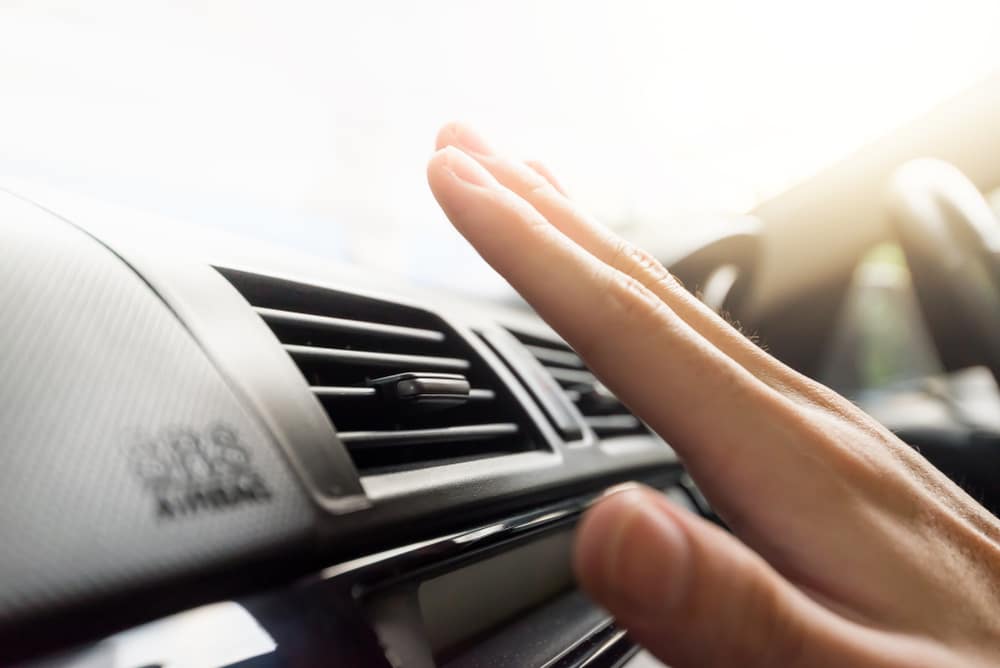
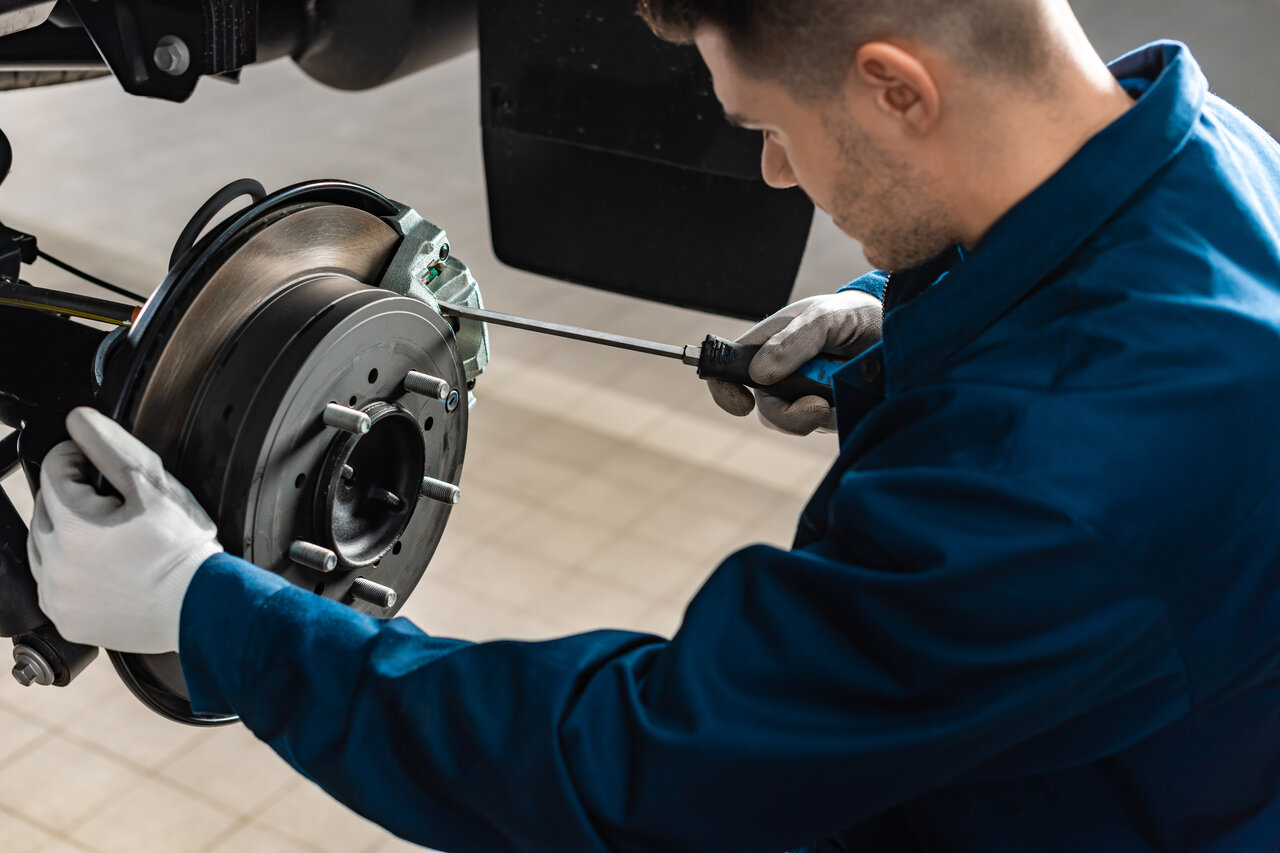
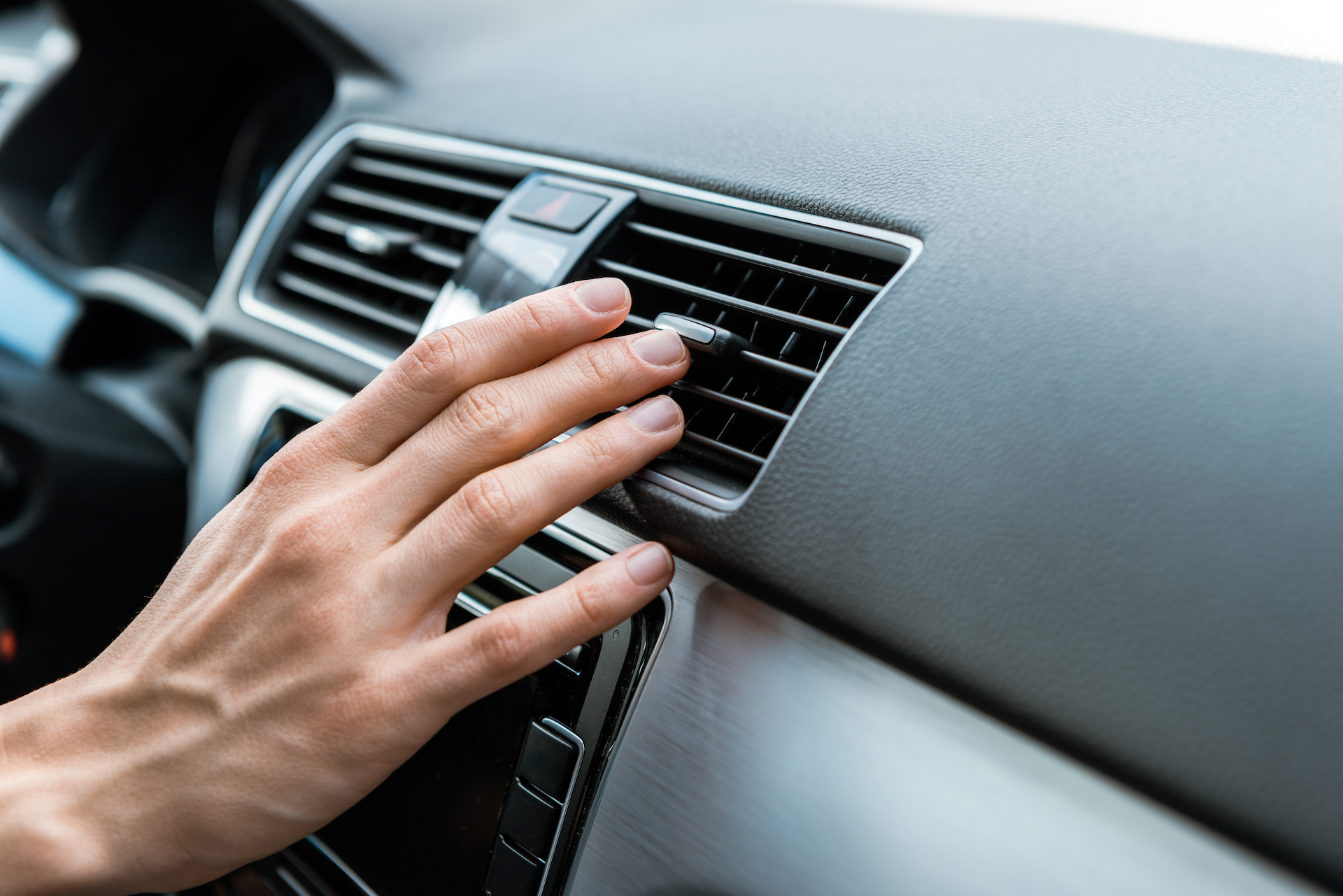
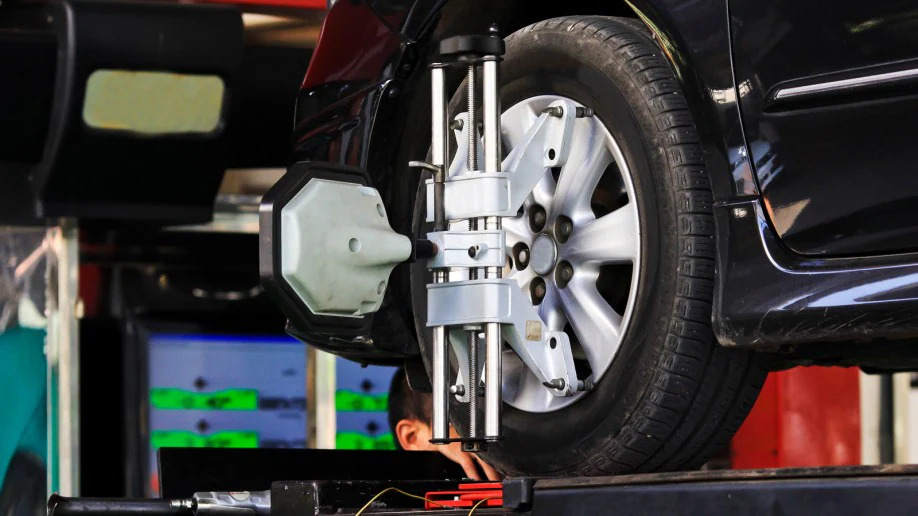
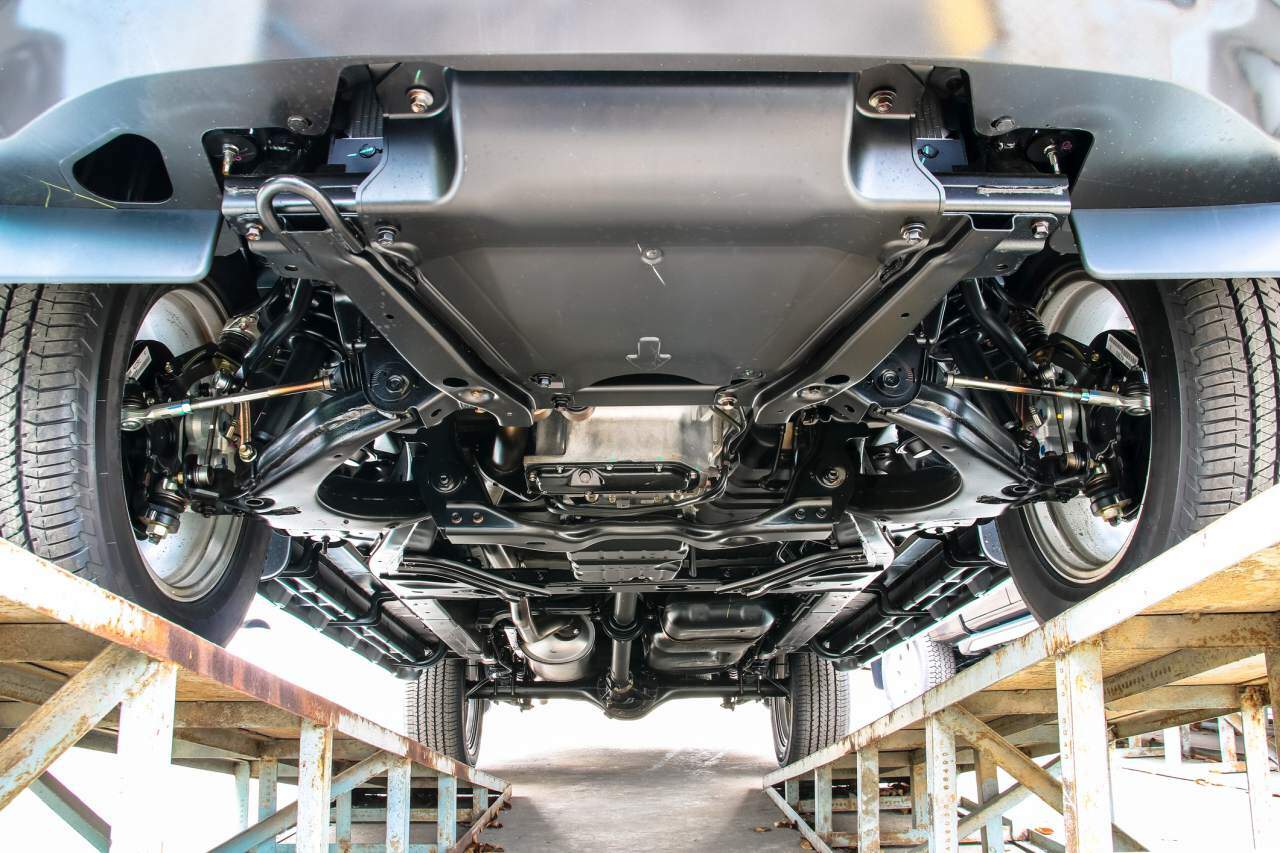
comments 0